

Engage prospects with a scan and streamline customer engagement with FREE QR code marketing tools by Sona – no strings attached!
Create a Free QR CodeFree consultation

No commitment

Engage prospects with a scan and streamline customer engagement with FREE QR code marketing tools by Sona – no strings attached!
Create a Free QR CodeFree consultation

No commitment
QR codes in marketing have evolved from a novelty to a strategic powerhouse, helping marine towing services bridge offline engagement with real-time digital action. They provide a seamless, data-driven method for improving operational efficiency and customer experience and open new opportunities to capture demand at the point of need without requiring apps or introducing friction.
Across the industry, one persistent challenge is missing out on high-value prospects simply because their intent and interactions are not captured quickly enough. In marine towing, this can mean lost emergencies, untracked maintenance requests, or delayed feedback. QR codes provide a direct response mechanism, ensuring that every encounter, whether at the dock, on a vessel, or through printed materials, becomes an actionable opportunity for both the customer and service provider.
From enhancing emergency response to enabling streamlined documentation, real-time review capture, and smoother payment experiences, QR codes are reshaping the customer journey in marine towing and salvage. By making offline-to-online transitions smarter and more measurable, operators can reduce missed opportunities and carve out a competitive edge in a crowded market.
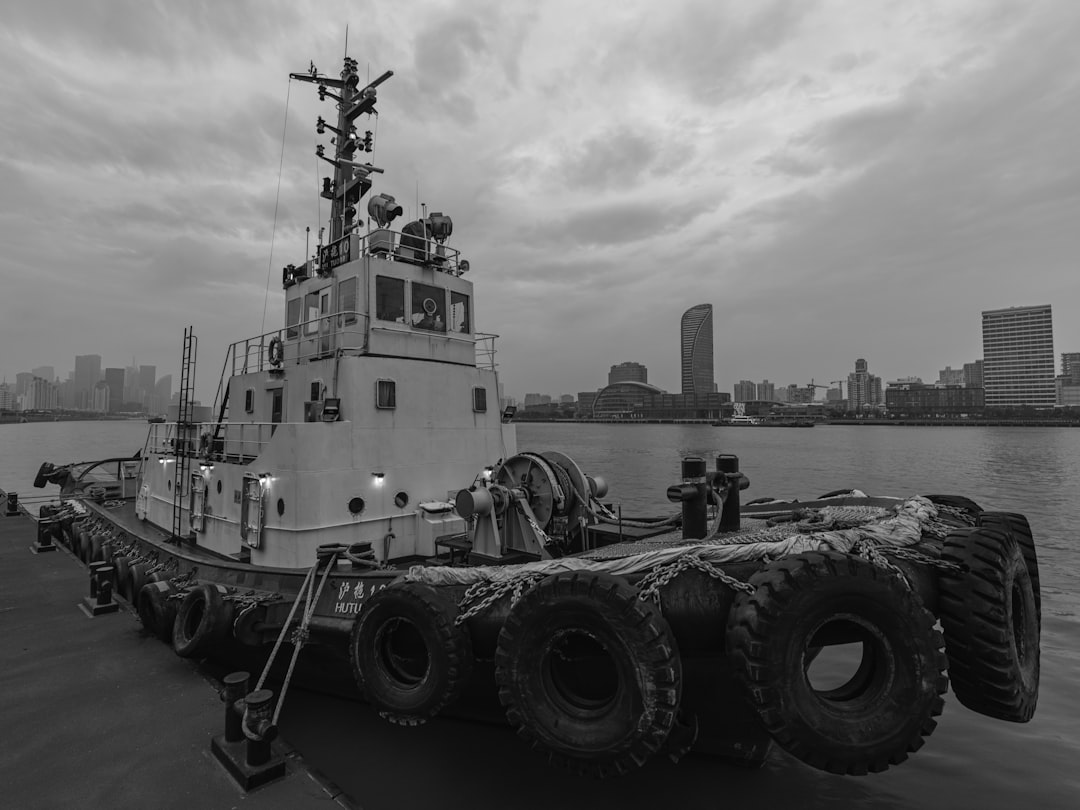
Many marine towing providers still rely on analog processes or manual intake, struggling to capture leads or emergencies when it matters most. Paper forms, printed brochures, and phone-only dispatch all introduce friction and delay. Not only does this open the door to missed prospects who might leave after a failed attempt to find help, but it also limits visibility into who is reaching out and why.
QR codes serve as a bridge between critical physical touchpoints and digital outcomes, allowing marine towing businesses to provide contactless service dispatch, real-time feedback collection, and log vital safety or compliance details instantly. A sticker on a helm station can launch an emergency request. A code on an invoice can route to secure payment and a review. A code in a marina office can push a boater to a live chat with dispatch. These are small changes with outsized impact on response time and customer satisfaction.
By integrating QR codes across operations, towing businesses can avoid missing key prospects, reduce friction in emergency situations, and convert every interaction into measurable engagement. The result is faster dispatch, fewer lost calls, more complete incident data, and a steady stream of review and referral activity that compounds over time.
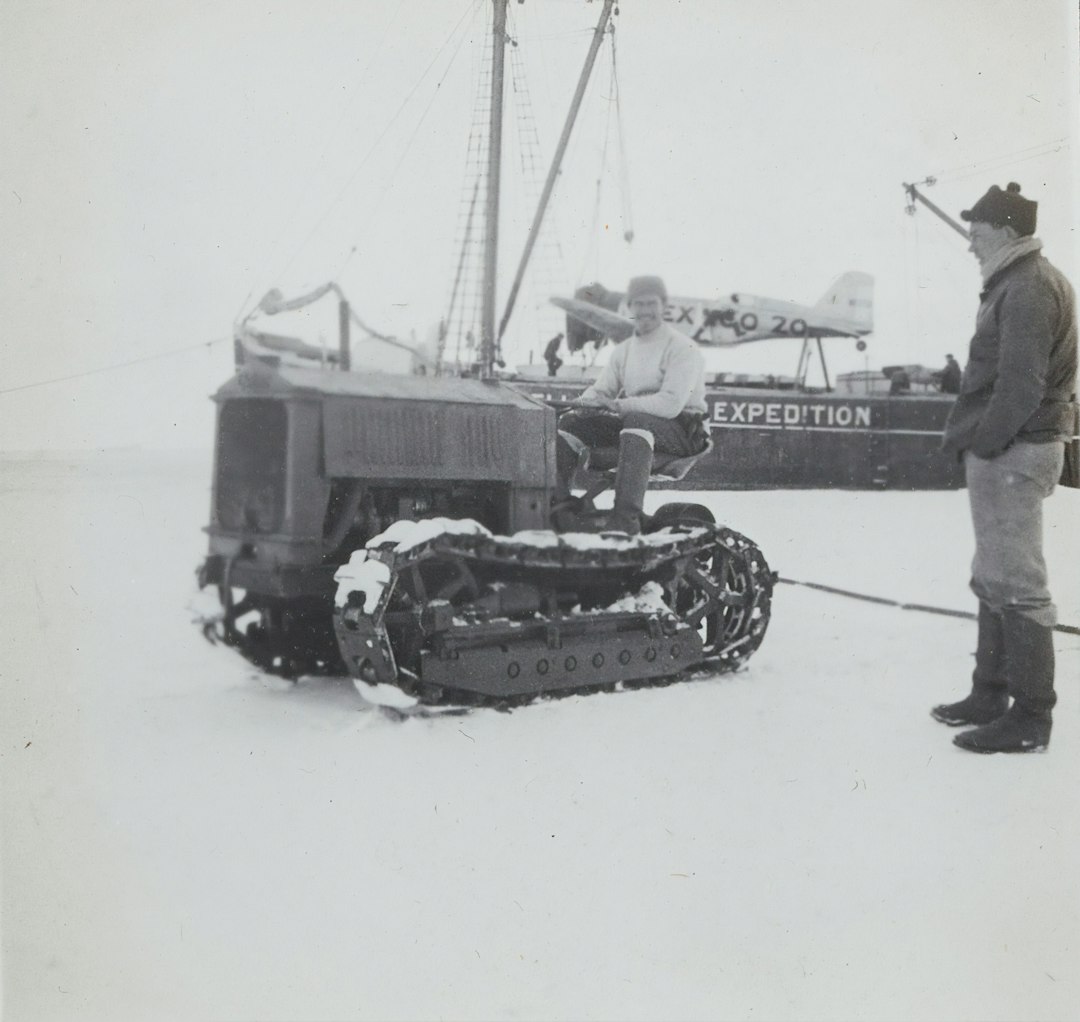
Marine towing providers face the constant risk that the most valuable leads and urgent situations will go untracked, whether because a customer does not fill out a form or an anonymous passerby never transitions to a real inquiry. In an industry where speed, compliance, and visibility are critical, traditional offline methods simply do not offer the transparency needed to act decisively. QR codes make it easy for customers to take immediate action and for operators to capture that engagement.
Practical, marine-specific benefits include immediate incident intake at docks and launch ramps, hands-free contact paths when a boater’s hands are full, and real-time visibility into which locations are generating demand. Rather than hoping a phone number on a sign gets dialed correctly, QR codes create a clear path from need to dispatch while enriching your CRM.
By making every offline touchpoint measurable and actionable, marine towing services gain the speed, clarity, and data they need to ensure no high-intent lead or urgent request goes unnoticed.
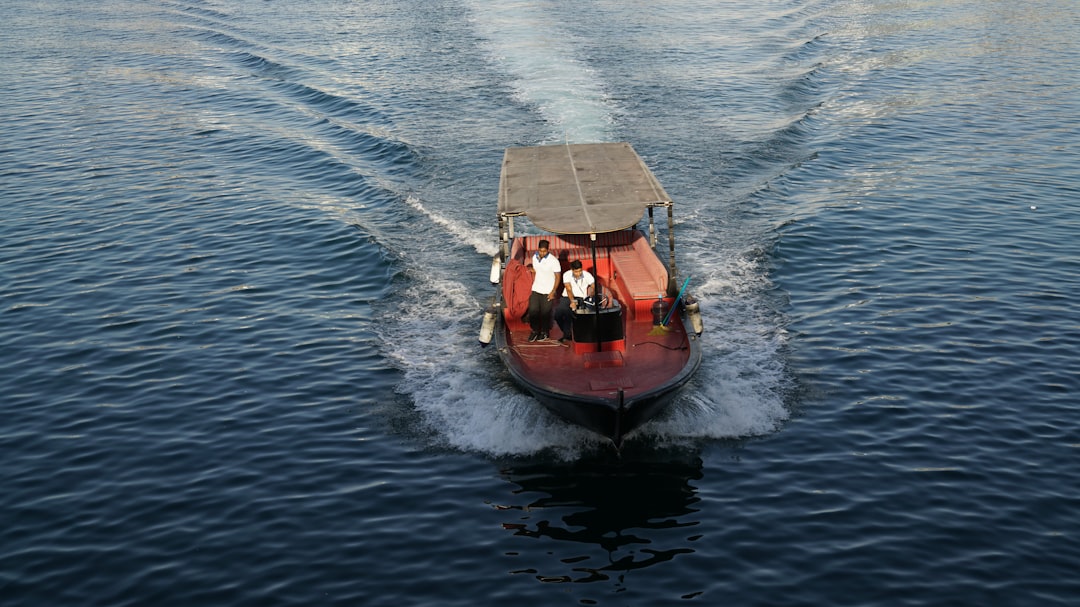
An ongoing struggle for the marine towing sector is maintaining consistent, up-to-date information, especially when schedules, regulations, or operator contacts change quickly. Printed brochures, static rate sheets, and laminated checklists go out of date fast. QR codes are flexible enough to solve these challenges and support a range of practical use cases tuned to the realities of the dock and the wheelhouse.
The most effective formats in this vertical are those that get a distressed boater to help quickly, enrich contacts automatically, and streamline compliance. Dynamic QR codes are particularly valuable since they preserve scannability and data capture even after destinations change.
Dynamic QR codes further reduce the risk of misaligned campaigns, since destinations can be updated when contacts or regulations change. Operators can improve code performance over time without reprinting vessel decals or reissuing marina signage.
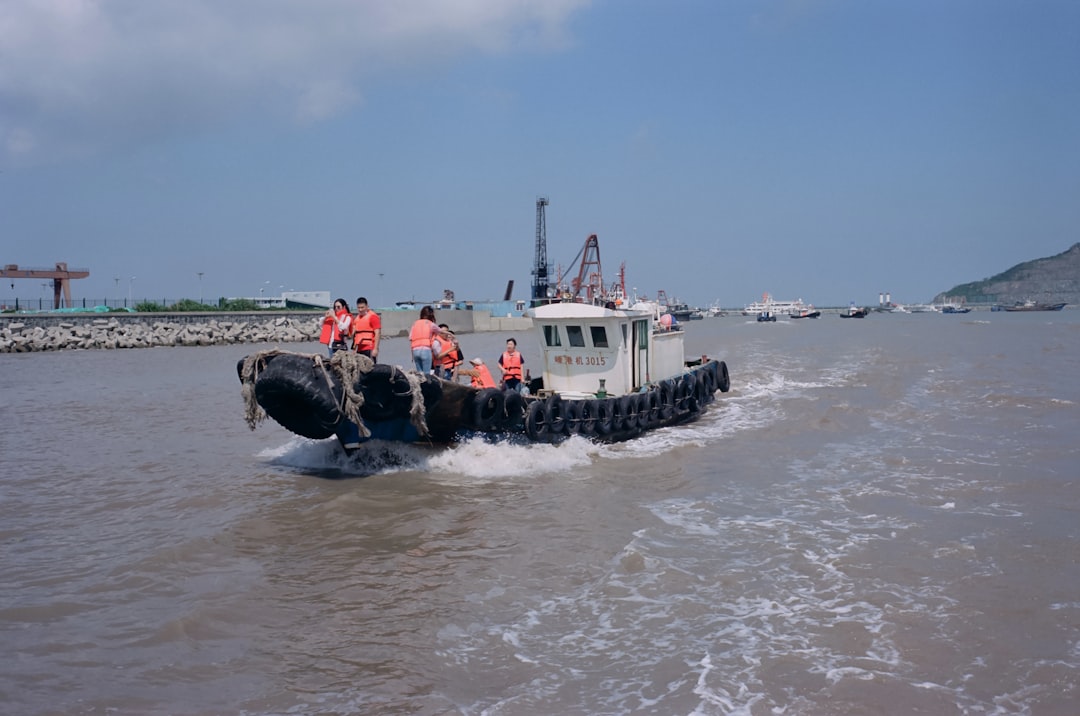
Missed opportunities often stem from disconnected or poorly placed campaigns: signage that does not convert, print ads that drive untrackable calls, or uniforms that fail to move boaters into a digital funnel. Successful operators identify high-intent moments and place QR codes where boaters are most likely to need help or be open to subscribing.
Think through the boater journey from pre-season prep to mid-season incidents and postseason maintenance. Identify where urgency or curiosity peaks, then build scannable paths that are intentional, discreet, and resilient to weather and glare.
Optimized QR placements close the gap between offline attention and actionable inquiry. They reduce drop-off by making every moment of need a measurable, trackable step in your pipeline.
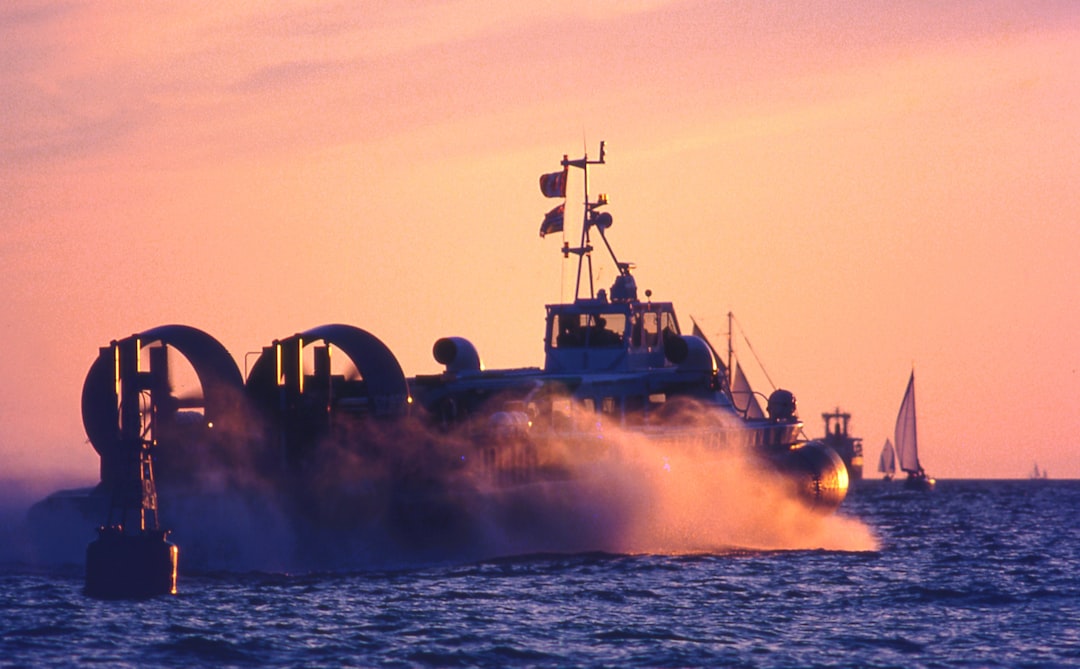
Marine towing businesses often miss engagement signals like a boater browsing salvage FAQs or reading a membership comparison. These micro-moments are valuable, yet without automation they fade into anonymity. QR-enabled workflows transform those signals into structured requests, feedback, and revenue actions.
Begin with three to five use cases that map to your core services, then expand as you capture performance data. Focus on emergency response, compliance, and reputation building first, since these activities connect directly to revenue and trust.
These applications convert fleeting attention into measured engagement and improve downstream revenue. Many operators observe double-digit gains in review volume and notable reductions in time-to-dispatch after rolling out QR-driven incident intake across marinas and fleet assets.
Each QR code scan is a signal that captures intent, context, and behavior. With multiple codes across touchpoints, you can segment your audience automatically and fuel precise retargeting and follow-up. The boater rushing to scan at a launch ramp is very different from the yacht owner scanning a preseason mailer at home. Segmenting these audiences leads to relevant messaging that converts. For campaign ideas, see intent-driven retargeting.
Marine towing has distinct customer types: recreational boaters, liveaboards, fishing operators, charter captains, marina managers, and insurers. Create codes and destinations that align to each group’s goals, then tag them for tailored education, offers, and service-level agreements.
With a platform like Sona QR, each code becomes a smart entry point to your funnel. You capture behavior in context, then retarget based on real actions rather than assumptions.
Disconnected marketing wastes dollars and loses leads. QR codes unify print, in-person, and digital efforts so every encounter is trackable and additive. They turn static assets into interactive gateways and give your team live feedback about what works.
Marine towing organizations can place QR codes across all channels without changing core operations. The key is to harmonize the call to action and route each scan to the lowest-friction next step.
QR codes serve as the offline onramp to your digital marketing engine. With a centralized platform like Sona QR, you can manage codes, maintain consistent messaging, monitor performance, and sync scan data with your CRM and ad platforms.
Many operators are challenged not just by deploying QR codes, but by ensuring these campaigns convert at the right moments. The difference between a passive code and a high-performing campaign is planning, placement, and ongoing iteration. Use the following steps to set up a reliable system that performs in real marine conditions.
Before starting, define a narrow business goal. For example, reduce average response time by two minutes at Marina A, or add 50 verified Google reviews in Q3. Align code placements and destinations to that goal, then validate in the field with crew and partners.
Clarify the single outcome you need from this campaign. Focus on a specific scenario with measurable impact such as expedited emergency response at three marinas or streamlined post-service review collection on invoices and SMS.
Choose between static and dynamic codes based on whether you need tracking and flexibility. For campaigns that will change or require analytics, dynamic QR codes are essential.
Make your codes marine-proof and scannable. Use high-contrast design, sufficient size, and waterproof materials. Add a concise, benefit-driven call to action that sets expectation.
Roll out codes where intent is strongest and scanning is easiest. Document placement and maintenance in standard operating procedures so crews know how and when to replace or clean codes.
Treat each code like a miniature campaign. Monitor scan rates, conversion behavior, and drop-off points. Iterate quickly by changing the destination, CTA, or placement.
Lack of actionable feedback is a persistent pain point for marine towing services, leaving teams unsure which investments or process changes drive outcomes. Some opportunities are pursued blindly, while high-value channels may go unrecognized. A QR program worth its salt shows not just who scanned, but what happened after.
Modern QR management platforms unify scan activity with website visits, CRM data, and revenue outcomes. This makes optimization practical and defensible. Instead of guessing which marina signage works, you can see which codes led to dispatches, memberships, and reviews, then scale with confidence.
Sona is an AI-powered marketing platform that turns first-party data into revenue through automated attribution, data activation, and workflow orchestration. Sona QR captures the real-world scan event. Sona.com extends that signal across your buyer journey and revenue reporting so you can treat QR codes as a core performance lever rather than a novelty.
Even well-planned campaigns can fall short without attention to operational details. Codes get smudged, CTAs are vague, or follow-up is not automated. Mitigate these risks early and build habits into your standard crew playbook.
Focus on the moments that have the highest stakes: emergencies, payments, and towing reviews. These are the areas where better design and automation yield outsized returns. Equip your team with talking points so they can coach customers in stressful situations without adding friction.
Relatable deployments include QR codes on life rings or fire extinguishers for instant compliance checks, and codes on invoices that route to contactless payment and a review request. Both are purpose-built, measurable, and easy for customers to use.
In fast-paced, uncertain marine environments, the cost of missing or delaying service requests is substantial. Forward-thinking operators are using QR strategies to eliminate ambiguity and reduce lag between incident and dispatch. The best examples combine convenience for customers with rich data for operators.
The following scenarios highlight how small changes in placement and workflow can unlock large gains in speed, satisfaction, and revenue attribution. Use them to inspire your own pilots and adapt them to your marina mix.
By addressing the most common failure points, from lost feedback to late response, these tactics move operators from reactive to proactive engagement and turn every scan into momentum.
Consistent industry research and field experience point to recurring pitfalls. Codes that look good in the office may fail under sun glare, salt spray, or night lighting. Customers may not know what they get by scanning or they fear spam. Crews may forget to point out the code during stressful moments. Each risk has straightforward remedies.
When you roll out QR programs, think like a captain and a marketer. Test in harsh conditions, give clear instructions, and design the shortest path to value. The more your codes deliver instant benefit, the faster adoption grows.
Customer and crew interviews consistently show that well-placed, clearly explained, and robust QR codes become a competitive differentiator. They bridge gaps, track engagement, and surface opportunities that once went invisible.
QR codes should be viewed not just as shortcuts, but as a holistic business strategy for marine towing services. They remedy common industry pains such as lost leads, invisible intent, or delayed engagement by turning every touchpoint into a gateway to real-time action. From the helm to the dock box, every surface can connect need with help.
Their strategic value is straightforward. QR programs deliver instant engagement, a connected customer journey, and actionable data that compounds over time. Operators gain faster dispatch, smoother compliance, stronger reputations, and clearer attribution of revenue to real-world activity.
With Sona QR, you have everything needed to capture demand at the source and convert it into measurable results. Embed QR codes thoughtfully across customer and crew touchpoints, and pair them with disciplined tracking through Sona.com to attribute scans to dispatches, memberships, and long-term revenue. When QR codes are used as integral drivers within business processes, not as digital novelties, operators can turn each offline interaction into a high-value opportunity that elevates safety, efficiency, and customer loyalty. Start creating QR codes for free.
QR codes have revolutionized marine towing services by transforming how operators enable access and communicate critical information on the water. From streamlining vessel check-ins to providing instant access to safety protocols and service requests, QR codes deliver faster, more efficient customer interactions and operational transparency. Imagine empowering your clients and crews with instant, mobile-friendly access to essential data exactly when and where they need it most.
With Sona QR, marine towing companies can create dynamic, trackable QR codes in seconds—updating service details or emergency instructions without the need for costly reprints. Every scan becomes a measurable engagement, helping you optimize response times, enhance customer trust, and drive repeat business. Start for free with Sona QR today and turn every scan into a seamless access point, a satisfied customer, or a successful tow.
QR codes provide instant, contactless access to emergency requests, dispatch calls, payment, and feedback, reducing friction and response time while enabling real-time engagement and smoother service.
QR codes help capture high-intent leads, track engagement across locations, enable faster dispatch, improve compliance documentation, increase online reviews, and provide measurable data for optimizing operations.
By placing QR codes on invoices, post-service cards, and SMS follow-ups that link directly to review platforms, towing businesses can encourage customers to leave verified reviews, boosting local SEO and reputation.
Define a clear business goal, choose appropriate QR code types, design and test marine-proof codes with clear calls to action, deploy them strategically across high-impact channels, and track and optimize performance continuously.
QR codes placed on equipment, manuals, and crew materials link to living checklists and training logs, enabling faster audits, fewer errors, and better compliance tracking in marine towing operations.
Use Sona QR's trackable codes to improve customer acquisition and engagement today.
Create Your FREE Trackable QR Code in SecondsJoin results-focused teams combining Sona Platform automation with advanced Google Ads strategies to scale lead generation

Connect your existing CRM

Free Account Enrichment

No setup fees
No commitment required

Free consultation

Get a custom Google Ads roadmap for your business






Launch campaigns that generate qualified leads in 30 days or less.
